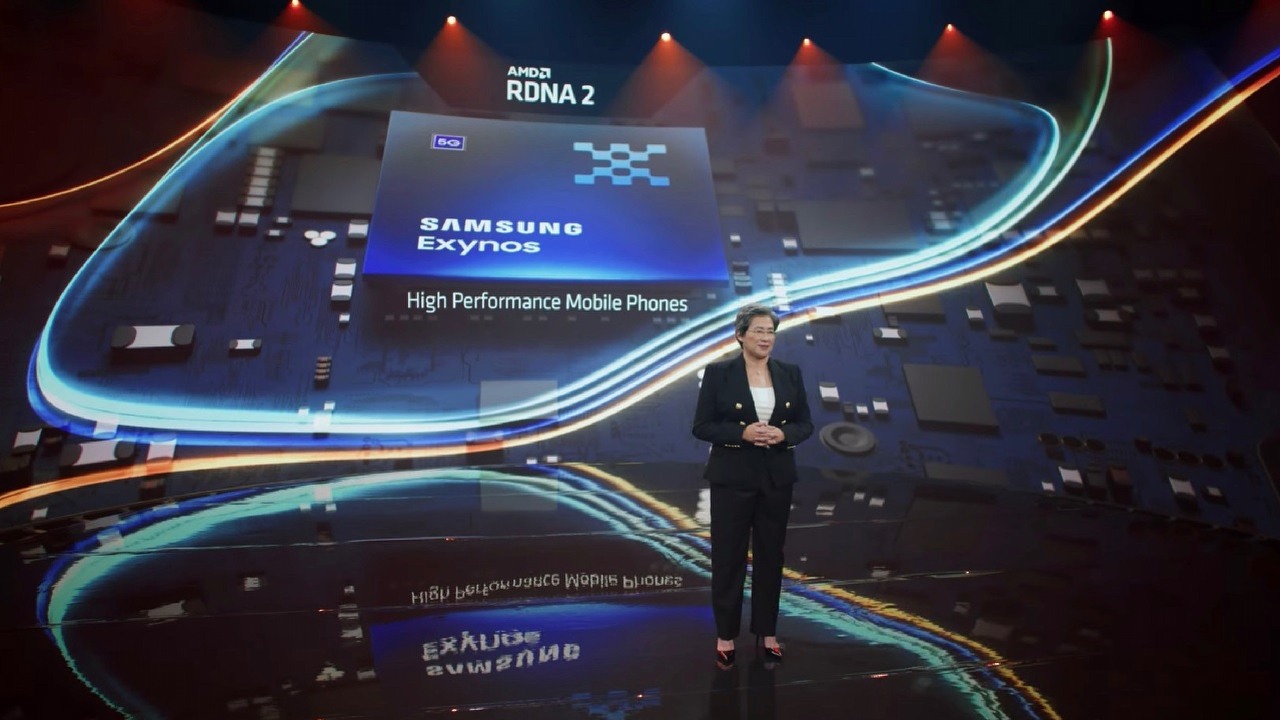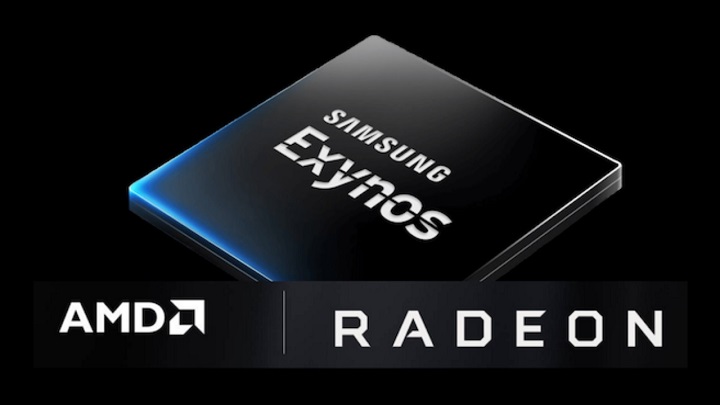Ray Tracing Also in Samsung Smartphones
Soon ray tracing will hit mobile device. All thanks to the cooperation between Samsung and AMD, in which the smartphones of the South Korean company will be used RDNA 2-based graphics chips.

Although this year's Computex trade show wasn't full of news, AMD can be satisfied with its conference. The technologies proposed by the company, such as FidelityFX Super Resolution could shake up the PC market. Lisa Su also revealed as part of her speech that Samsung's latest mobile GPU Exynos will us an RDNA 2-based chip, the same architecture used in Radeon RX 6000 GPUs or PS5 and Xbox Series X/S consoles. What does this mean for the mobile market?

Application of RDNA 2 in mobile systems will allow, above all, for a significant improvement of visual performance in flagship smartphones. We shouldn't expect this technology to make its way to lower-end phones any time soon, though. As part of the cooperation between AMD and Samsung, next-gen mobile GPUs will be able to support ray tracing, as well as variable frequency shading (VRR). These are technologies so far associated with powerful GPUs available in desktops and laptops.
Unfortunately, for the moment Lisa Su did not decide to give more details. However, we can guess that we will not have to wait too long for them. After all, Samsung Galaxy S21 launched a few months ago, so the company is certainly already working on the S22 model (there is no shortage of various rumors about it), which should debut in early 2022. It seems that it is the latest flagship of the South Korean company will be equipped with a new Exynos with RDNA 2 graphics chip, but let's hope that the engineers will take care of reasonable power management, without which even the biggest increase in performance will not mean much.
- AMD - official website
- AMD Announces DLSS Slayer; Big Performance Gains, Also on GeForce
- Radeon RX 7900 XT Up to Three Times Faster Than RX 6900 XT
0

Author: Martin Nothing
He began his writing adventure in the now non-existent Mobilny Swiat. Then he wandered around various technology services. Although he is not a typical gamer, and has only Football Manager on his computer, he finally ended up on GRYOnline.pl. There is not a day when he wouldn't watch reviews of new smartphones, that's why he initially wrote about all kinds of technology. Over time, however, he shifted his interests more towards cinematography. An NBA fan who believes that Michael Jordan is better than LeBron James, and that basketball from the 90s was more pleasing to the eye.
Latest News
- End of remote work and 60 hours a week. Demo of Naughty Dog's new game was born amid a crunch atmosphere
- She's the new Lara Croft, but she still lives in fear. Trauma after Perfect Dark changed the actress' approach to the industry
- „A lot has become lost in translation.” Swen Vincke suggests that the scandal surrounding Divinity is a big misunderstanding
- Stuck in development limbo for years, ARK 2 is now planned for 2028
- Few people know about it, but it's an RPG mixing Dark Souls and NieR that has received excellent reviews on Steam, and its first DLC will be released soon

